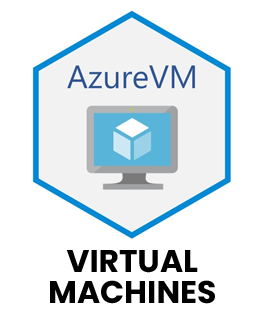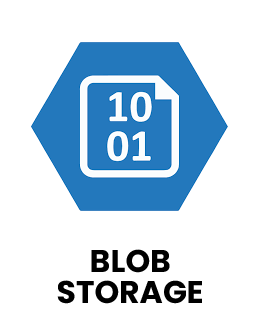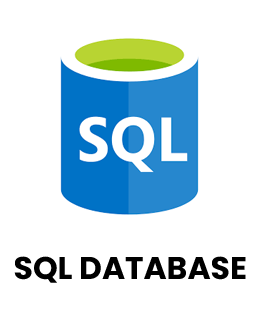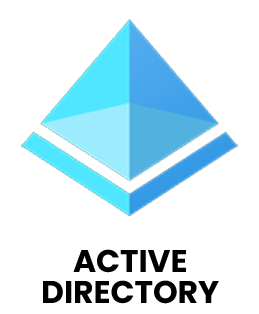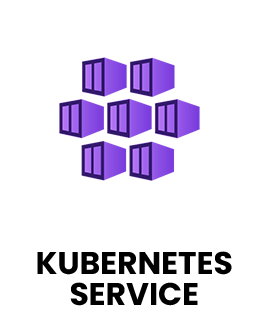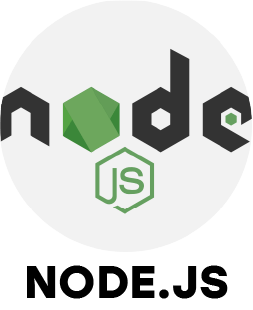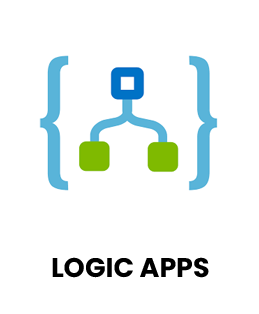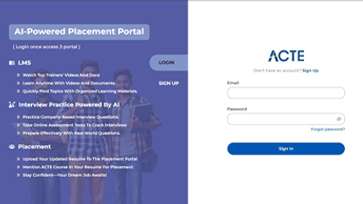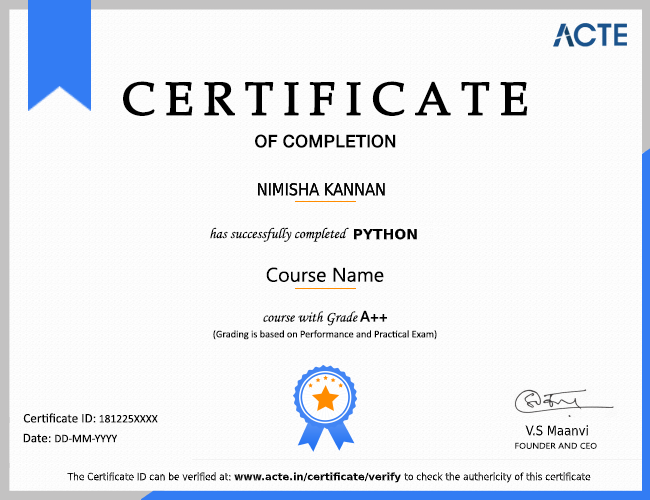ACTE’s Azure training Program will help you master the Azure infrastructure by understanding Azure Cloud Architect Technology Solutions, implementing workloads and security in Azure, creating and deploying apps in Azure, and securing data in Azure. This course will get you up to speed on Azure services, security, privacy, compliance, trust, pricing, and support.Enroll Now with us ACTE Microsoft Azure Classroom & Online Training Course.
Microsoft on the other hand is highly committed to dominate the cloud business and is shifting towards an open source approach. Partnering with popular companies like Docker.So choosing Azure as a career option will be certainly beneficial and a smart choice in longterm.
In Azure, you can specify a scope at multiple levels: management group, subscription, resource group, or resource. Scopes are structured in a parent-child relationship.
One of the most popular job roles related to the Microsoft Azure platform is the Azure administrator role. Since Azure is continuously expanding its collection of cloud services, companies can move faster in their digital transformation journey. Therefore, IT professionals can secure promising advantages for their careers by acquiring Azure skills. The following discussion will take you through essential concerns on how to become Azure Administrator. So, let’s get ahead!.
We are happy and proud to say that we have strong relationship with over 700+ small, mid-sized and MNCs. Many of these companies have openings for MicroSoft Azure analyst. Moreover, we have a very active placement cell that provides 100% placement assistance to our students. The cell also contributes by training students in mock interviews and discussions even after the course completion.
The programs that we are writing are very similar to their counterparts in several other languages, so our choice of language is not crucial. We use MicroSoft Azure because it is widely available, widely used, embraces a full set of modern abstractions, and has a variety of automatic checks for mistakes in programs, so it works well for students learning to program. There is no perfect language and you certainly will find yourself programming in other languages in the future.
- Dev Ops: In this you must have some programming background to understand and then keep on building it up. It could be for web apps, mobile, or universal apps.
- Infrastructure support: If you understand servers and on-premise installations or IaaS then you can get started here. It about optimising the infrastructure at the core of applications running on them
- Sales/Pre-Sales: Understanding the platform as a whole and working with subject matter experts to pitch it to customers and solve their business problems
Strictly speaking you don't need any programming skills to learn Azure. But first, let's understand that Azure is a platform and has many parts, you work and do many things in Azure without writing any code.
Our courseware is designed to give a hands-on approach to the students in MicroSoft Azure. The course is made up of theoretical classes that teach the basics of each module followed by high-intensity practical sessions reflecting the current challenges and needs of the industry that will demand the students’ time and commitment.
As per the IT industry, Microsoft has come up with various Azure Certifications. As per the current market trend, IT professionals with knowledge and experience in Azure are in high demand. Based on the job role, professionals can decide their certification in Azure. Microsoft offers MCSA and MCSE certification specializations in Azure and individuals can upgrade their skills with the below mentioned certifications.
Learning fundamentals of azure infrastructure and becoming job ready will take 1–2 weeks depending on your basic uderstanding of networks , servers etc..get a clear understanding of basic concepts..create a free account and practise. Learn benefits and disadvantages of cloud computing and azure, learn cost implementation of azure,learn about azure services, VM’s,storage,backup, workloads automation,ARM etc.
- Adaptability
- Better Integration Possibility
- DevOps
- .Net Support
- Security Offering
- Hybrid Capabilities
- Learning Platform
- Enterprise Agreement Clause
- Top Cloud Service Provider
- A Certification to Boost Your Salary and Career
Is AD and Azure AD are same?
The key differences between these two terms and their relevance are
What Is AD?
AD stands for Active Directory. A Domain Controller is a server on the network that centrally manages access for users, PCs and servers on the network. It does this using Active Directory (AD).
Active Directory is a database that organises your company’s users and computers. It provides authentication and authorization to applications, file services, printers, and other resources on the network. It uses protocols such as Kerberos and NTLM for authentication and LDAP to query and modify items in the Active Directory databases.
Active Directory Domain Services (to give it is full and proper name) or AD for short, runs on the Domain Controller and has the following key functions:
- Secure Object store, including Users, Computers and Groups
- Object organization – Organisational Units (OU), Domains and Forests
- Common Authentication and Authorization provider
- LDAP, NTLM, Kerberos (secure authentication between domain joined devices)
- Group Policy – for fine grained control and management of PCs and Servers on the domain
So basically AD has a record of all your users, PCs and Servers and authenticates the users signing in (the network logon). Once signed in, AD also governs what the users are, and are not, allowed to do or access.
What is Azure AD?
Azure AD is not simply a cloud version of AD font-weight: inherit; as the name might suggest. Although it performs some of the same functions, it is quite different.Azure Active Directory is a secure online authentication store, which can contain users and groups. Users have a username and a password which are used when you sign into an application that uses Azure AD for authentication.
As well as managing users and groups, Azure AD manages access to applications that work with modern authentication mechanisms like SAML and OAuth.It allows you to create an identity for your applications (or 3rd party ones) that you can grant access for users to.
Besides seamlessly connecting to any Microsoft Online Services, Azure AD can connect to thousands of SaaS applications(e.g. Salesforce, Slack, ZenDesk etc) using a single sign-on.
When compared with AD, here is what Azure AD doesn’t do:
- You can’t join a server to it
- You can’t join a PC to it in the same way – there is Azure AD Join for Windows 10 only (see later)
- There is no Group Policy
- There is no support for LDAP, NTLM or Kerberos
- It is a flat directory structure – no OU’s or Forests
So Azure AD does not replace AD.
AD is great at managing traditional on-premise infrastructure and applications. Azure AD is great at managing user access to cloud applications. They do different things with the area of overlap being user management.



